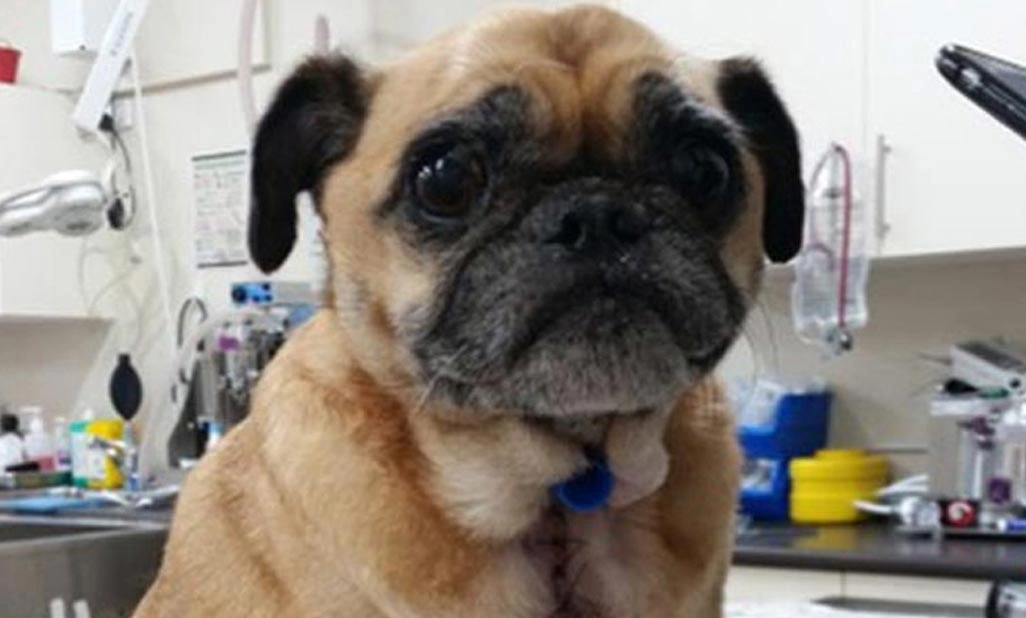What is a soft palate resection?
This refers to the removal of the distal (end) area of the soft palate. If the soft tissue at the back of the roof of your pets mouth (the soft palate) grows too long fot your pets head, a resection or removal is necessary to reduce any respiratory issues your furry friend may be experiencing.
Why a resection is performed
We perform soft palate resects to allow your dog to breathe normally or near normally. For some dogs, especially short-nosed (brachycephalic) breeds, this can be a struggle as they have an overly long soft palate that extends the length of their mouth, which can interfere with the epiglottis during breathing. If the soft palate extends into the epiglottis, it will cause an obstruction of the airflow into the trachea and lungs as the dog breathes in. The harder your pet ties to breathe, the more the soft palate is pulled into the epiglottis, causing the breathing to become even more difficult – and they continue to breathe harder. In mild cases, it appears as though your pet is snoring whilst awake; in severe cases, your pet may even collapse due to failure to bring sufficient oxygen into the lungs.
Treatment method
When diagnosing and treating the soft palate, we place your dog into sternal recumbency (where it is lying on its chest and stomach, rather than its back). We hold their mouth open so that the soft palate can be viewed and grasped. The distal (end) portion of the palate is resected before being sown over to prevent bleeding. By doing this, the soft palate will now remain clear of the epiglottis whilst they breathe in.

Duggie, Bulldog, 9 Months - After Surgery
Treatment cost
At Brisbane Pet Surgery, we offer soft palate resections for only $1,500 - $1,850.
Optional pre-anaesthetic blood test available for all surgeries (additional cost)
Recovery and aftercare
As your dog comes out from their anaesthetic post-surgery, the recovery is normally uneventful, and your pet will be able to breathe much easier. All or almost all snoring will disappear as a result of the surgery, both when your pet is asleep and awake. They will also be able to engage in far higher levels of activity as they are able to get air in and out of their body with ease. By reducing the interference with the epiglottis, other pharyngeal structures are also no longer sucked inward toward the back of the throat, and further pharyngeal surgery can also be avoided as a result! This surgery will greatly improve their quality of life.
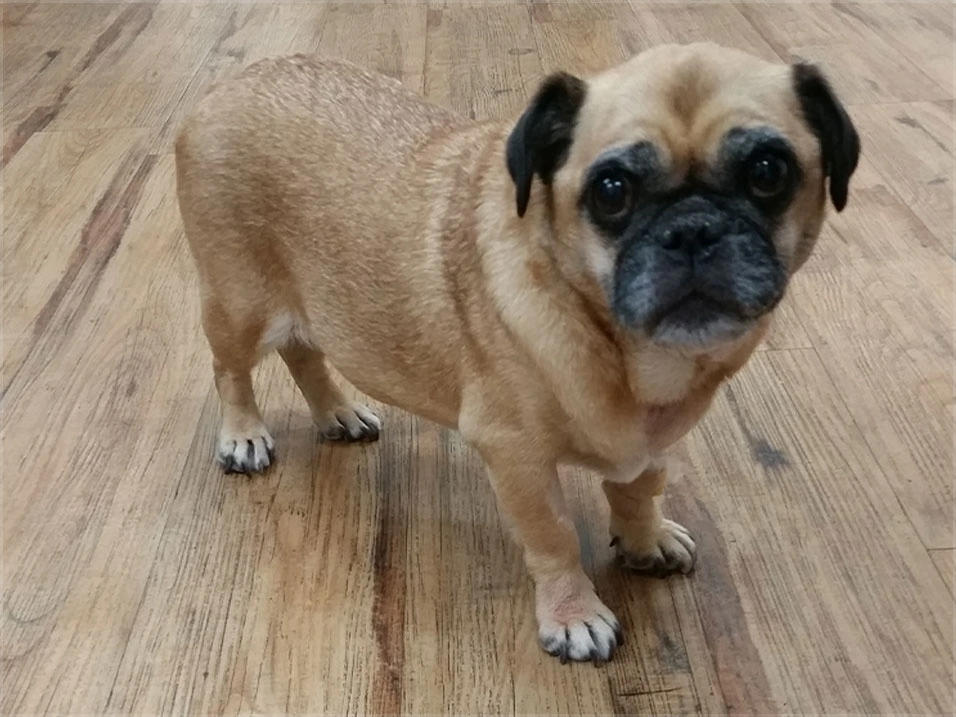
Marley - pre-surgery
Gallery
Duggie, Bulldog, 9 Month
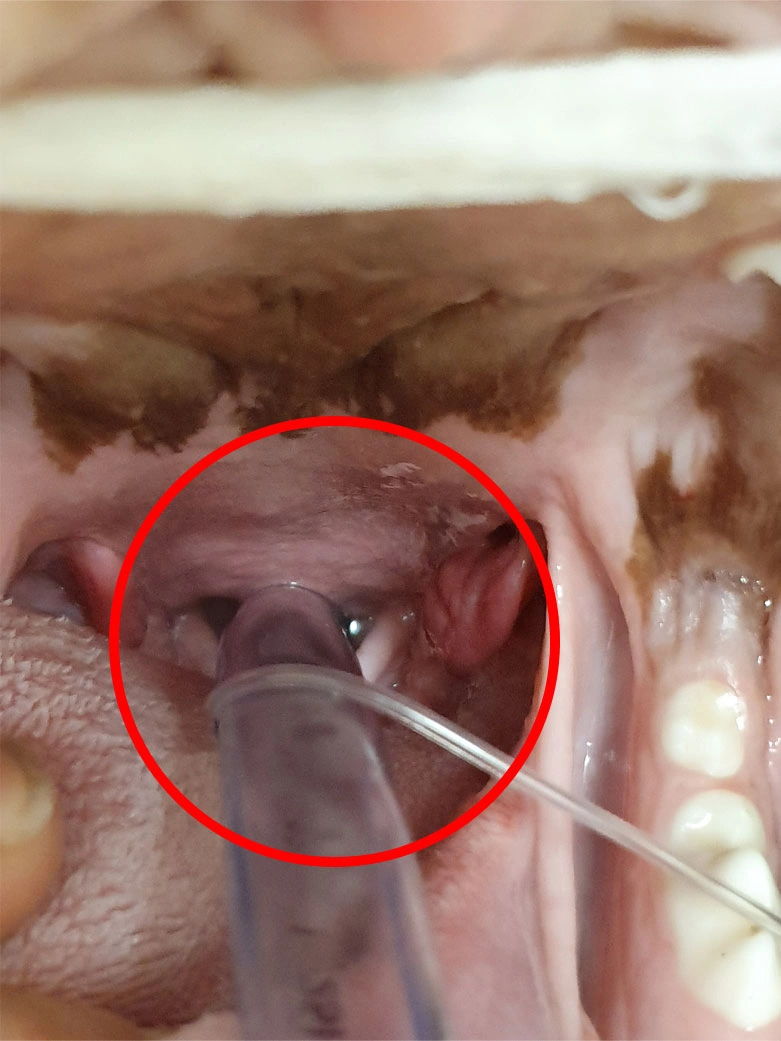
Before
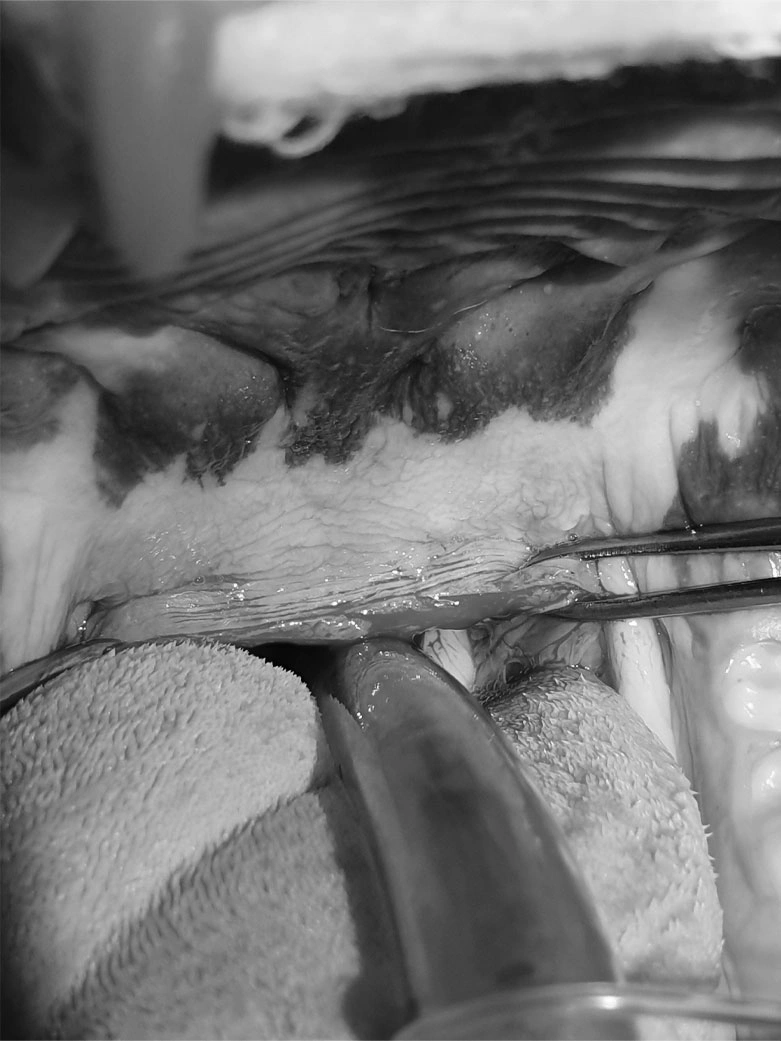
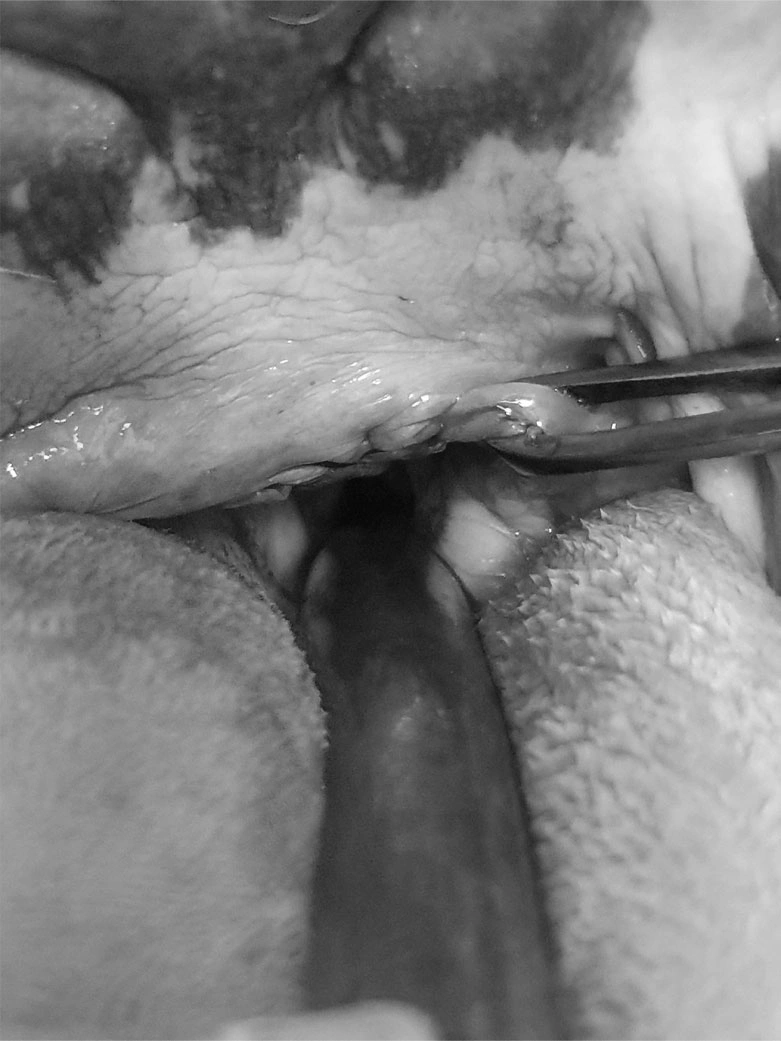
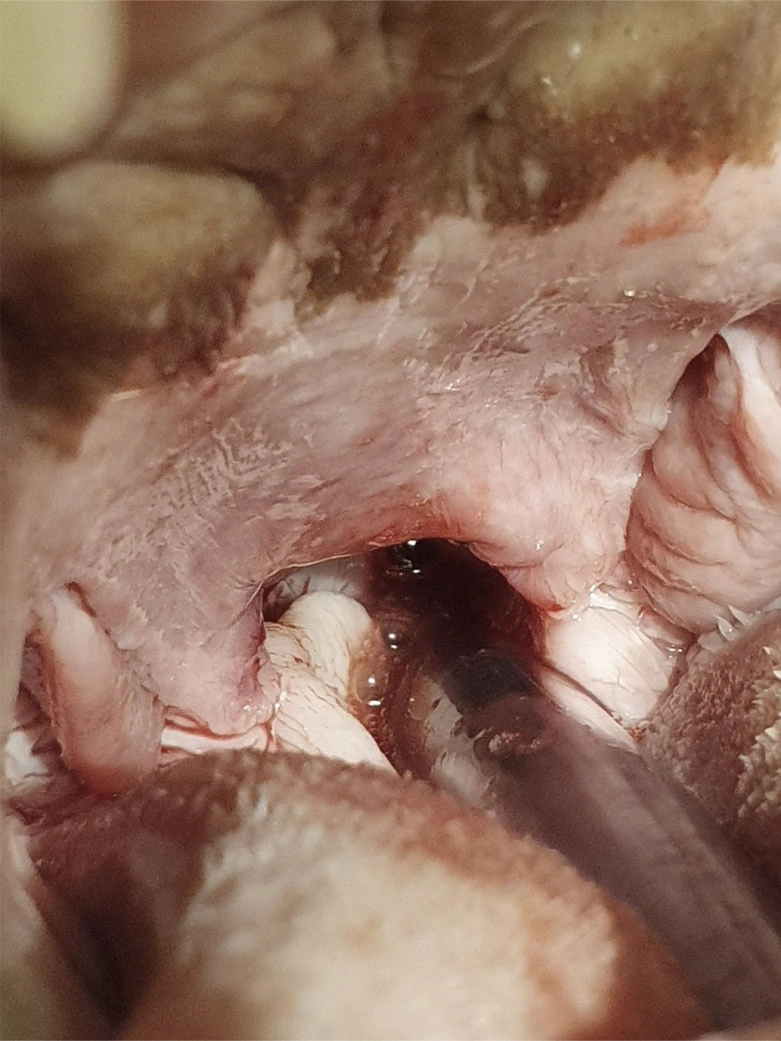
After
Marley, Pug, 8 Year
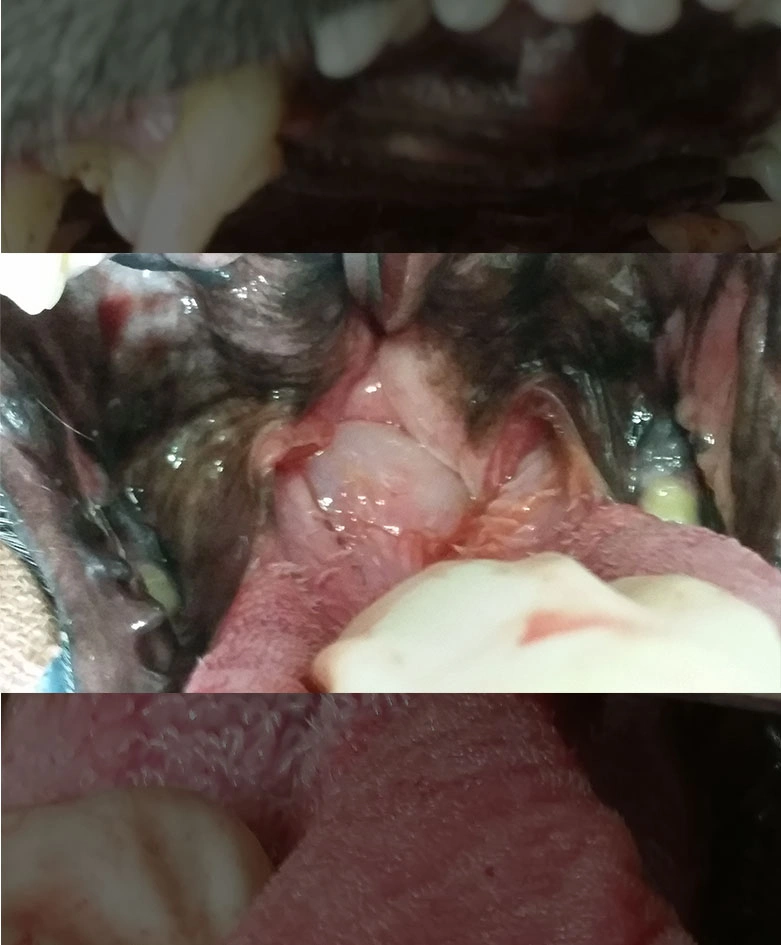
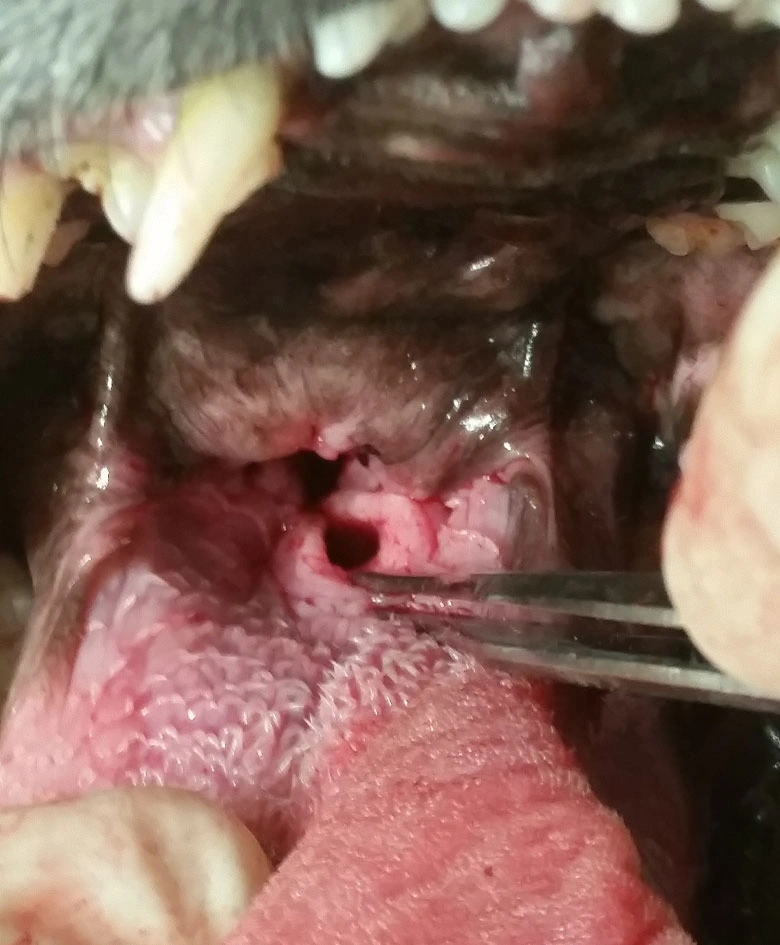



Since childhood, Dr. Plummer has been passionate about caring for animals, and graduated with Honours in a Bachelor of Veterinary Science from the University of Queensland. He opened the Brisbane Pet Surgery with the aim of making quality pet care affordable for everyone.
About Scot Pricing PhilosophyBook A Consult
Does your furry friend need to meet with one of our experienced veterinarians? Book a consultation below or call our team today

